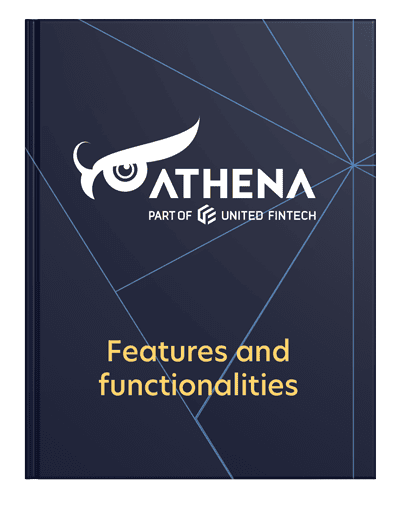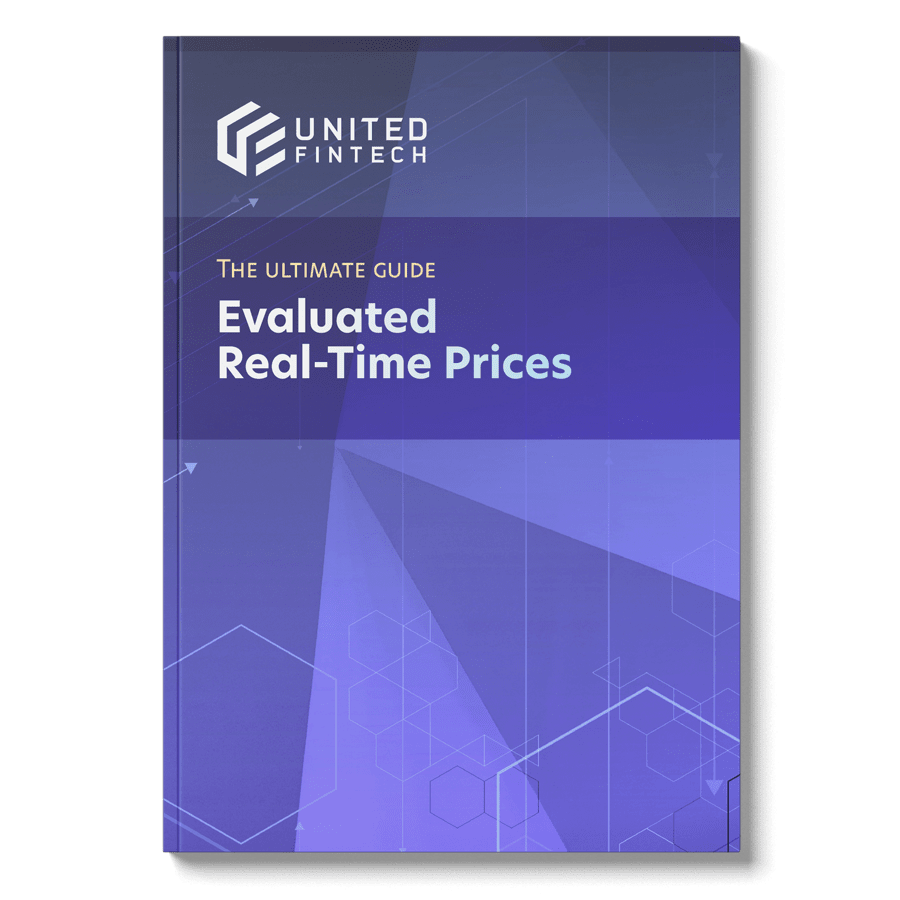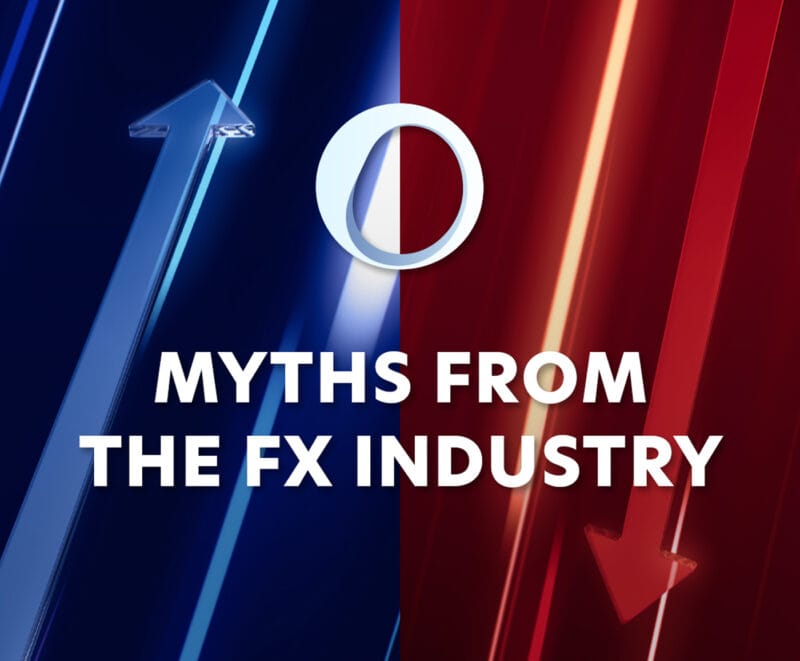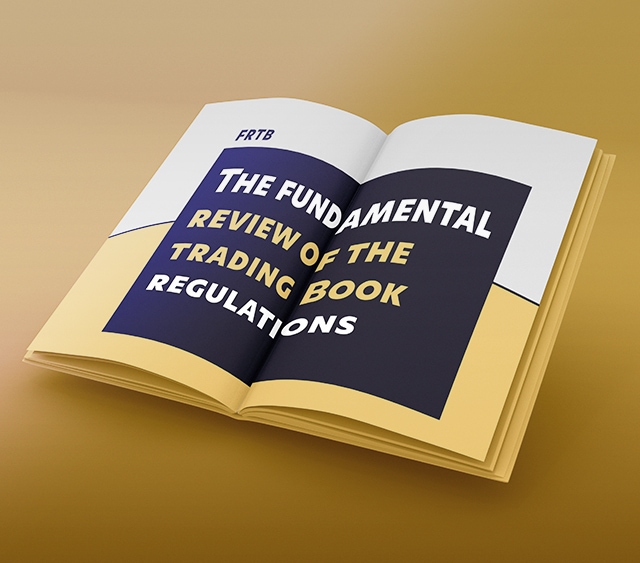Trading derivatives can offer greater rewards, and risks, than other securities – and almost limitless trading possibilities. Over-the-counter (OTC) derivatives, estimated to account for 95% of the whole derivatives market, have a notional value of a staggering $610 trillion, according to the Bank for International Settlements.
Derivatives play an important role in the smooth-running of financial markets, but many consider them risky and exotic, and after their role in the 2008 financial crisis, the regulatory framework has since been tightened up.
Whether you’re an investment product provider, a seasoned trader, or an investor newbie, we’ve prepared a refresher on regulation in the derivatives market to help you navigate what can often feel like complex waters.
Derivatives can seem complicated, but there’s really not too much more to them than other securities once you understand the basics. So, let’s jump in.
What you need to know about derivatives
Definition of derivatives
Derivatives are secondary securities traded on exchanges (exchange-traded derivatives or ‘ETDs’), such as the Chicago Mercantile Exchange, or ‘over the counter’ (OTC), negotiated privately between two or more parties.
They’re financial contracts that essentially lock in a future price for buying or selling an asset. The instruments have no intrinsic value themselves – rather, the clue is in the name: they derive their value. From what? From an underlying asset.
The underlying asset can be virtually anything: commodities, stocks, bonds, other debt instruments, currency exchange rates, or even weather or natural disasters. As the price of the underlying asset fluctuates, so does the value of the derivative.
If the capital market is where individuals and companies go to raise capital, the derivative market is where they go to hedge against risks. Of course, investors also use both markets to speculate on price movements or leverage a position.
Buyers and sellers can only exercise European-style options on the expiration date. With American-style options, you can exercise them at any time before or on the expiration date.
Types of derivatives (with examples)
The most common types of financial derivatives are:
- Futures: A contract to buy or sell an asset at a pre-agreed price by a future date. Traded on regulated exchanges.
Example: A multinational enterprise exposed to different currencies may limit its risk with futures contracts to buy or sell a currency at a predetermined price on a future date.
- Options: Similar to futures, but the contract conveys an option to buy (a call option) or sell (a put option) an asset for a set price by a future date rather than an obligation.
Example: An investor may buy a call option for a stock they believe will rise in value, meaning by or on a given future date they can choose to buy the stock for the locked-in ‘strike’ price. If the price rises above the strike price before the expiration date, the investor profits.
- Forwards: Contracts that work like futures, but traded OTC, meaning they’re more flexible.
Example: A company can sell a forward contract for coffee beans, locking in a sale price if they think the price of coffee beans will fall further before the expiration date.
- Swaps: OTC-traded contracts to exchange cash flows of financial instruments by a future date – these can include currency exchange rate, interest rate, and commodity swaps.
Example: An interest rate swap between a company and a financial institution exchanging future loan interest payments on a fixed interest rate for those on a variable interest rate. A company with a variable interest rate loan may prefer a fixed interest rate if it believes interest rates will rise.
Why regulation is important for derivatives
Derivatives start to get more complicated, and riskier, when it comes to overleveraging and counterparty default – this is especially true for OTC derivatives.
OTC derivatives are riskier exactly because they’re traded outside regulated exchanges. They’re contracts negotiated between two private parties, and the chance of counterparty risk (one party failing to keep its end of the bargain) is much higher.
When investors, companies, and institutions are overleveraged in derivatives, and prices move against them, their losses can be huge and unsustainable. This is what triggered the financial crisis of 2008. However, it was the lack of regulation that made it possible.
Regulation is essential to reduce systemic risk, and governments and institutions around the world have, unsurprisingly, been working to refine the rules ever since.
How are derivatives regulated?
The deregulation of the derivatives market that took place in the 1990s and early 2000s was destined to be reversed when in 2009, following the financial crisis, the G20 pledged to reform OTC derivatives regulation to increase transparency and reduce systemic risk.
The result was the implementation of new regulations around the world, including new clearing and reporting requirements.
Here’s a breakdown of the regulations in the US, the EU, and the UK.
USA
Legislation:
Regulatory authorities:
- The Commodity Futures Trading Commission (CFTC)
- The Securities and Exchange Commission (SEC), mainly responsible for regulating the securities market, has a limited role.
- The Financial Industry Regulatory Authority (FINRA) regulates the parties in derivative contracts.
- The National Futures Association (NFA) oversees the derivative markets and parties to derivative contracts.
Key clearing requirements:
- All exchanged-traded and OTC derivative trades must be cleared through central counterparties (CCPs).
Key reporting requirements:
- All (including OTC) derivative trades must be reported to central repositories.
EU
Legislation:
Regulatory authorities:
Key clearing requirements:
- The ESMA can make clearing through a CCP compulsory for OTC derivatives meeting certain criteria. Outside this requirement, all counterparties must comply with operational risk management requirements, which include:
- Timely confirmation
- Valuation
- Reconciliation
- Compression
- Dispute resolution
- Indirect clearing via a CCP clearing member is possible for swap counterparties.
- Financial counterparties with contracts falling outside the requirements for CCP clearing must comply with bilateral collateral requirements.
- Non-financial counterparties with OTC derivative positions of a certain size and deemed commercial and institutional risk are required to comply with clearing and bilateral collateral requirements.
Key reporting requirements:
- All (exchange-traded and OTC) derivatives contracts must be reported to authorized trade repositories (TRs).
UK
Legislation:
Regulatory authorities:
Key clearing requirements:
- Under the modified, onshored version of the EU EMIR, any OTC derivatives contracts with a mandatory clearing obligation must be cleared through a CCP.
- OTC derivatives without a mandatory clearing obligation must implement risk mitigation techniques, including operational processes and margining.
- Small financial counterparties (SFCs) must comply with risk mitigation obligations but are exempt from clearing obligations.
- Non-financial counterparties (NFCs) have reduced clearing obligations.
- UK and EEA Pension Scheme Arrangements (PSAs) are exempt from clearing obligations for a limited period.
Key reporting requirements:
- Derivative contracts must be reported to an FCA-registered, or recognized, TR.
- Non-financial counterparties (NFCs) have streamlined reporting requirements.
Take control of your regulatory requirements with automated tools
Staying on top of and navigating regulatory requirements can be challenging and incredibly time-consuming. Luckily, there are new solutions that can help.
At United Fintech, we bring you the best FinTech and RegTech tools, products, and solutions—all in one place.
Among the latest RegTech solutions is TTMzero’s Financial Instruments Automation Platform, which enables financial product providers to take advantage of fully automated processes for security issuances, lifecycle management, and regulatory documentation, reporting, and filing.
You can book a call with one of our experts here, or read more about the platform here.














